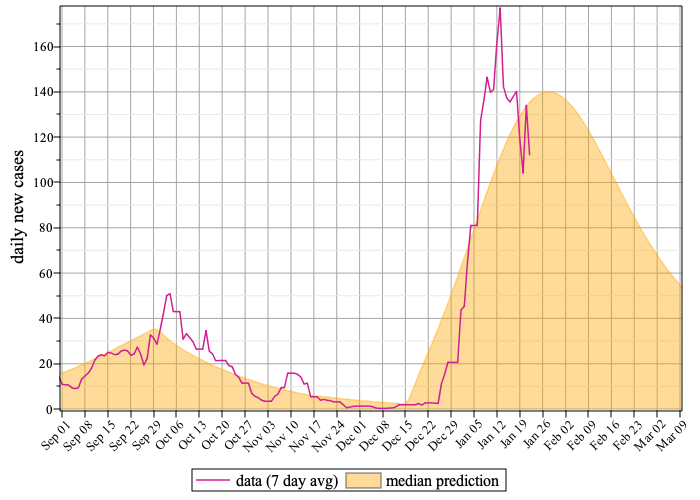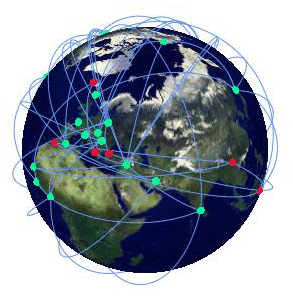I am a bit tardy posting this, but here is a recording of a talk I gave in the Mathematics for Public Health Colloquium series on November 15, 2023:
And here is the abstract:
Urban mobility simulations use agent based modelling to estimate the daily activities of individuals within a community. The output from these simulations can be used to generate a detailed synthetic social network that carries information about the duration and venue of all contact events within a city on a given day, as well as the key demographic information (age, occupation, etc) of the participants in each event. We have been working with The Black Arcs, a Fredericton area technology company, to incorporate synthetic social networks generated by their software into network based models of COVID-19 and related diseases. Our goal is to make quantitative predictions about the impact of various public health interventions on disease spread. For example, we are interested in questions like: Is it more effective to shut down schools or retail businesses to control disease spread? What is the effect of different testing strategies and delays on hospitalizations? And, which policies do the best job of protecting vulnerable demographic groups?


